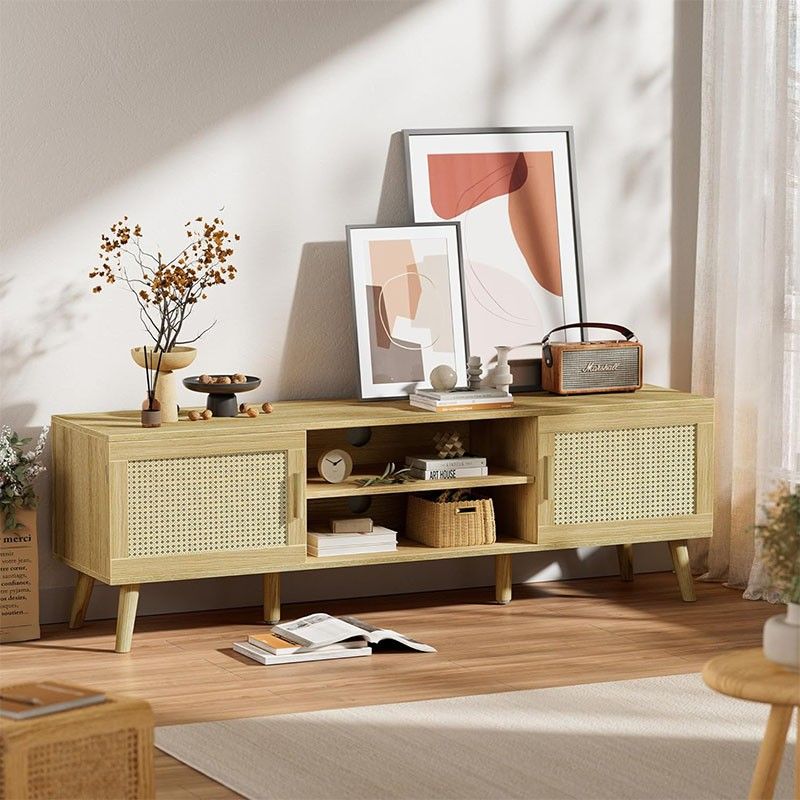Should Coffee Table Match TV Stand
When designing a living space, the relationship between Coffee Tables and TV Stands often sparks debate. Some homeowners prefer matching sets for a uniform aesthetic, while others lean toward intentional contrast to add depth. Both approaches can work effectively depending on context, style, and function. Below is a detailed analysis of the considerations behind coordinating these essential furniture pieces.
Table of Contents
The Case for Matching Sets
1. Visual Cohesion
Using identical materials, finishes, and design lines creates immediate harmony. Matching pieces simplify the design process and ensure a consistent tone across the room.
2. Space Optimization
Furniture sets are proportionally designed to work together. This balance is particularly valuable in smaller spaces, where mismatched scales could overwhelm the layout.
3. Style Consistency
For interiors with strong design narratives (e.g., mid-century modern, industrial, or traditional), matching sets reinforce the theme without introducing visual competition.
The Strategic Value of Intentional Contrast
1. Design Depth and Interest
Contrasting materials—such as pairing a wooden tv stand with a glass or metal coffee Table—add textural variety and prevent monotony. This layering creates a more dynamic, curated look.
2. Functional Specialization
Different uses may call for different materials. A sturdy wooden TV stand can support heavy storage, while a light glass coffee table maintains openness.
3. Flexibility and Evolution
Choosing non-matching pieces makes it easier to update or replace one item without committing to an entire set.
Key Coordination Principles
Whether opting for matching or contrast, these guidelines help maintain harmony:
Color Harmony
Shared tones unify the space. For example, a dark walnut TV stand paired with a coffee table of different style still works through color alignment.Proportional Relationship
The coffee table should not exceed the length of the TV stand. Both must remain in scale with seating and room dimensions.Style Dialogue
Non-matching pieces should echo some common features. For instance, a modern minimalist TV stand and industrial coffee table coordinate through clean lines and metal accents.Functional Coordination
Complementary storage enhances practicality. If the TV stand has closed cabinets, the coffee table could feature open shelving.
Practical Considerations
1. Room Size
Small rooms: Matching lighter-colored sets maintain unity and avoid visual clutter.
Large rooms: Contrasting pieces are easier to accommodate and add interest.
2. Existing Elements
Consider other finishes in the room. Introducing a new material or tone may cause imbalance if too many styles are already present.
3. Focal Points
In TV-centric rooms, matching sets reinforce the media wall as the primary focus.
In conversation-oriented layouts, a contrasting coffee table can create a secondary design highlight.
Recommendations
Formal Settings: Matching sets work best in traditional or symmetrical spaces.
Contemporary Interiors: Intentional contrast with mixed materials enhances modern aesthetics.
Transitional Designs: Combine shared elements with variation, such as pieces from the same collection in different finishes.
Conclusion
The decision between matching and contrasting coffee tables and TV stands should be guided by proportion, color continuity, and function. Matching sets ensure safe, cohesive design, while intentional contrasts often yield richer, more personalized interiors. Ultimately, both approaches succeed when integrated thoughtfully into the broader spatial plan.


